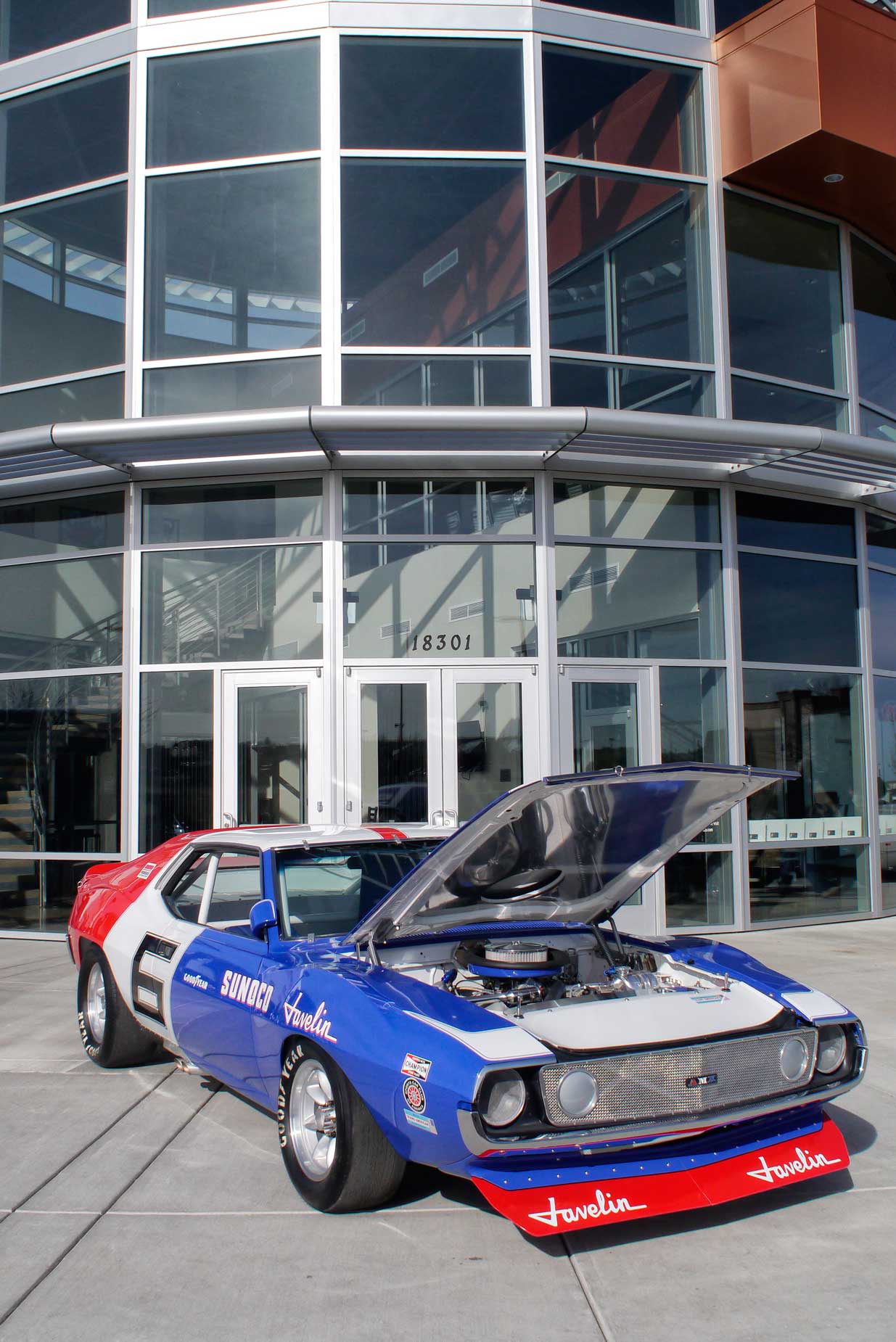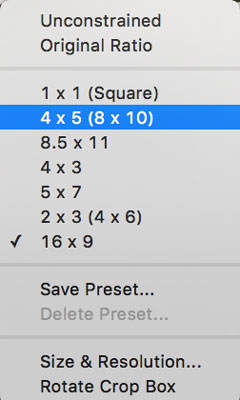Today’s Post by Joe Farace
“There is no better time to crop a bad composition than just before you press the shutter release.”—Bryan Peterson
Q: After capturing an image, how much cropping do you do?—Michael. Sandusky, OH
A: I don’t typically crop an image after capture, preferring to do it in the camera’s viewfinder but—and this is new for me—I seem to crop some of my photographs in Photoshop more than I previously did.
To Crop, or not to Crop
 I think that my aversion to cropping stems from all of the time that I spent shooting film, especially slides. And I find that this attitude has carried over to my current interest in film photography.
I think that my aversion to cropping stems from all of the time that I spent shooting film, especially slides. And I find that this attitude has carried over to my current interest in film photography.
For a long time I considered considered the 3:2 rectangle as sacrosanct and I will admit that it’s still my standard shooting crop setting with all my mirrorless cameras, not the 4:3 that is default. I’m gradually getting over that kind of thinking. Sometimes this idea can be carried to extremes, I think, as evidenced by the SOOC movement, but as Seinfeld once said, “not that there’s anything wrong with it.”
My original philosophy about cropping was influenced by the late Leon Kennamer, who once told me to “get it on the negative.” By that I think he meant that the image on the film would represent the photograph that you delivered to the client that they would display in a frame or hang on the wall.
I carried the “crop not, lest you be judged” philosophy over to how I shot digital images although I would make allowances for trimming edges for unexpected surprises that were missed when making the shot. But I seem to be getting over this approach too. One of the features I like about Photoshop CS6 (the latest version that I own) is that the Crop tool gives you the option of maintaining the original image’s aspect ratio or use a bunch of others. Because it reminds me of the movies, I like the 16:9 ratio and will sometimes crop a photograph, especially landscapes, using that format.
How I made this photo: You don’t often get to make a vertical photographs of cars at Cars and Coffee but that’s how I captured this AMC Javelin parked in front of the Vehicle Vault building. The camera used was my redoubtable black body Panasonic Lumix GX1 with an Olympus M.17mm f/2.8 lens and a Program mode exposure of 1/4000 sec at f/5.6 and ISO 320. This image is shown uncropped because I liked what I saw in the LVF2 external viewfinder when I clicked the shutter.
Not everybody agrees with me
 …about my approach to cropping: Two of my friends, who are outstanding portrait photographers, crop their subjects very loosely in-camera often capturing edges of the background, lightstand and sometimes even a studio light within the frame, before cropping the final image into a shape that may or may not have any relationship to that of the original file.
…about my approach to cropping: Two of my friends, who are outstanding portrait photographers, crop their subjects very loosely in-camera often capturing edges of the background, lightstand and sometimes even a studio light within the frame, before cropping the final image into a shape that may or may not have any relationship to that of the original file.
I think this all goes back to my first DSLR. It was the 6.3-megapixel Canon EOS D60 (not 60D) and to maintain the best image quality I didn’t have any pixels to waste, so I didn’t like to crop. Even today with a massive megapixel race going on, Micro Four-thirds cameras seem stuck at a maximum of 20MP.The Lumix GH6 is 25.2-megaixels but the word around the Internet water color is that while the camera is superb at capturing and recording video, it’s not so great for still photography. One on-line source claiming the image quality was not as good as the Lumix G9. By comparison, the Panasonic Lumix GX1 that I used to shoot the above image is just 16 MP.
I’m not suggesting that you shouldn’t crop, just think about the image quality you’re tossing in the bit bucket when you do. As my friend Rick Sammon always says, “The Name of the Game is Fill the Frame.” I think that’s good advice but like everything else on this blog, it’s something to think about, not something that’s cast in concrete.
If you enjoyed today’s blog post and would like to buy Joe a cup of Earl Grey tea ($3.50), click here.